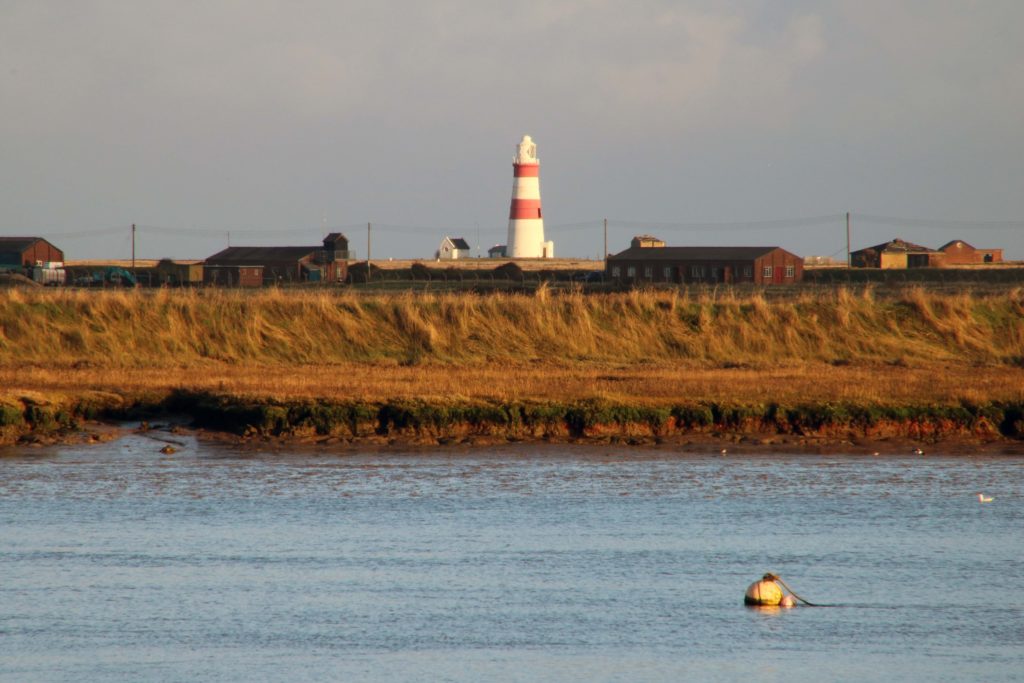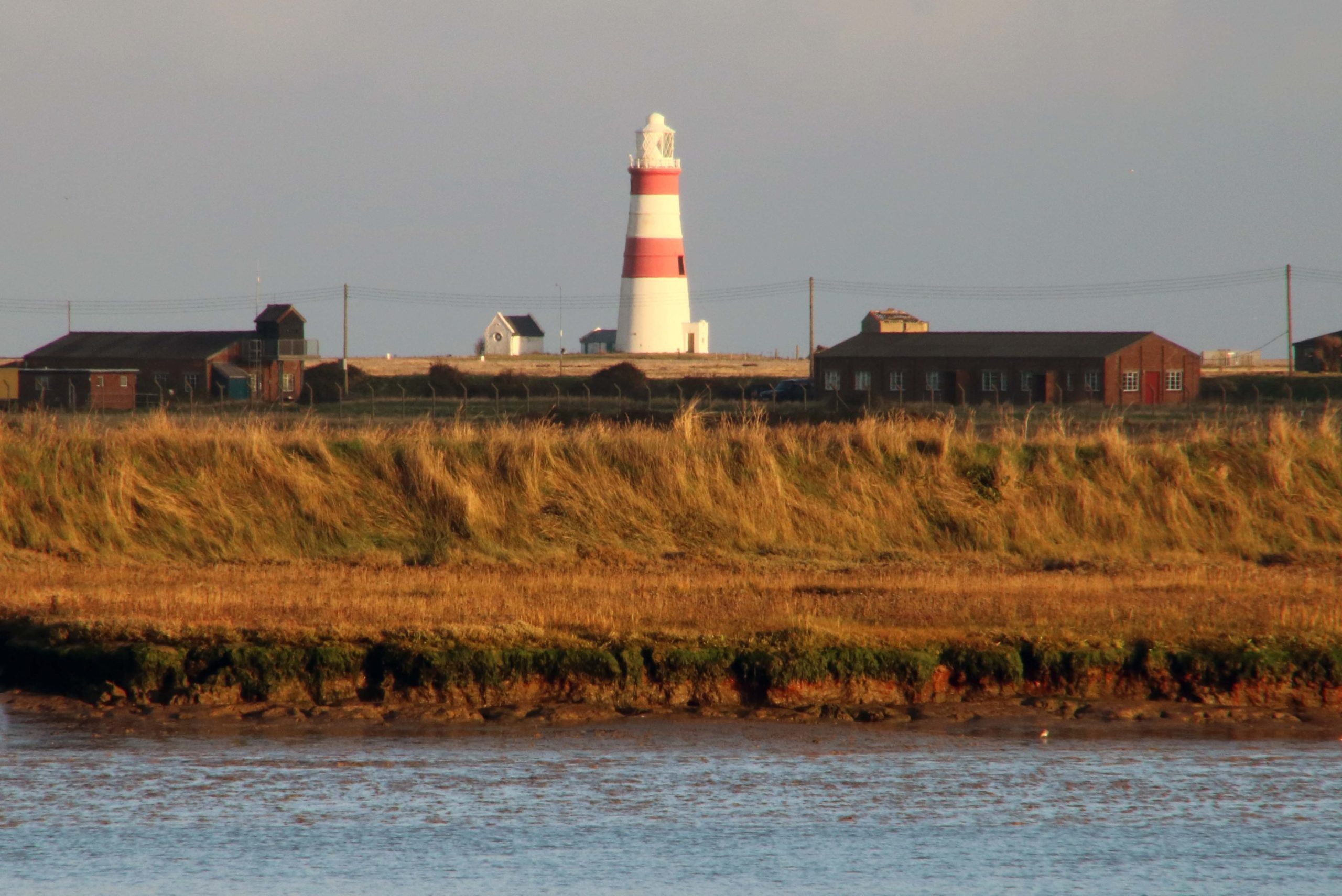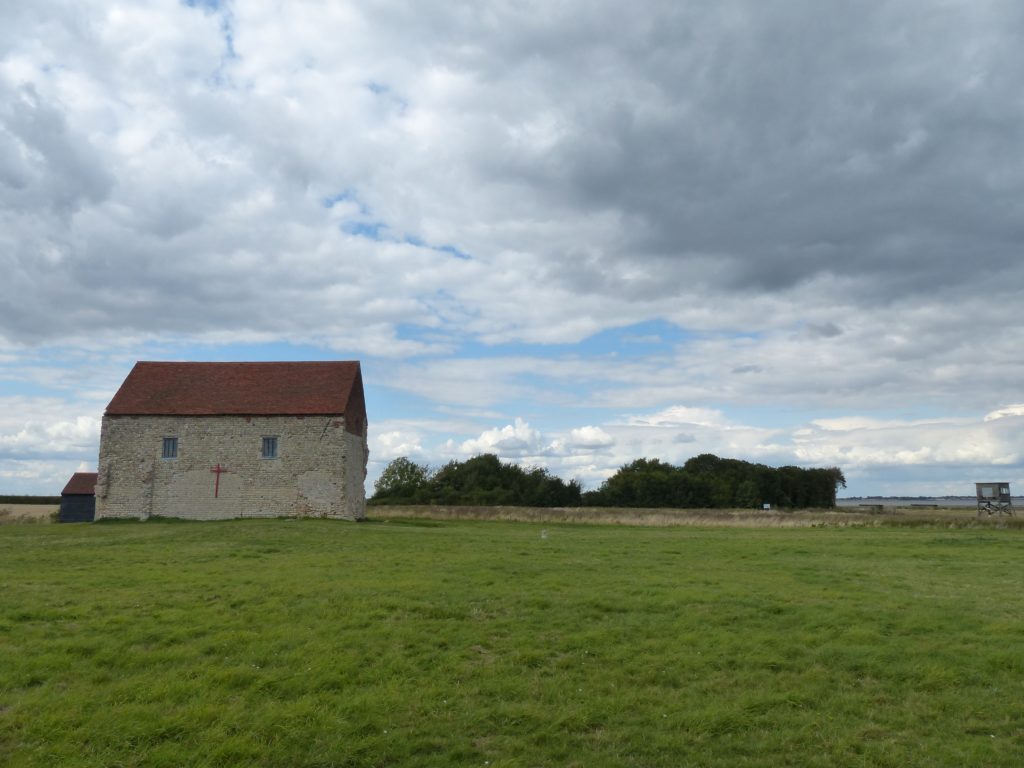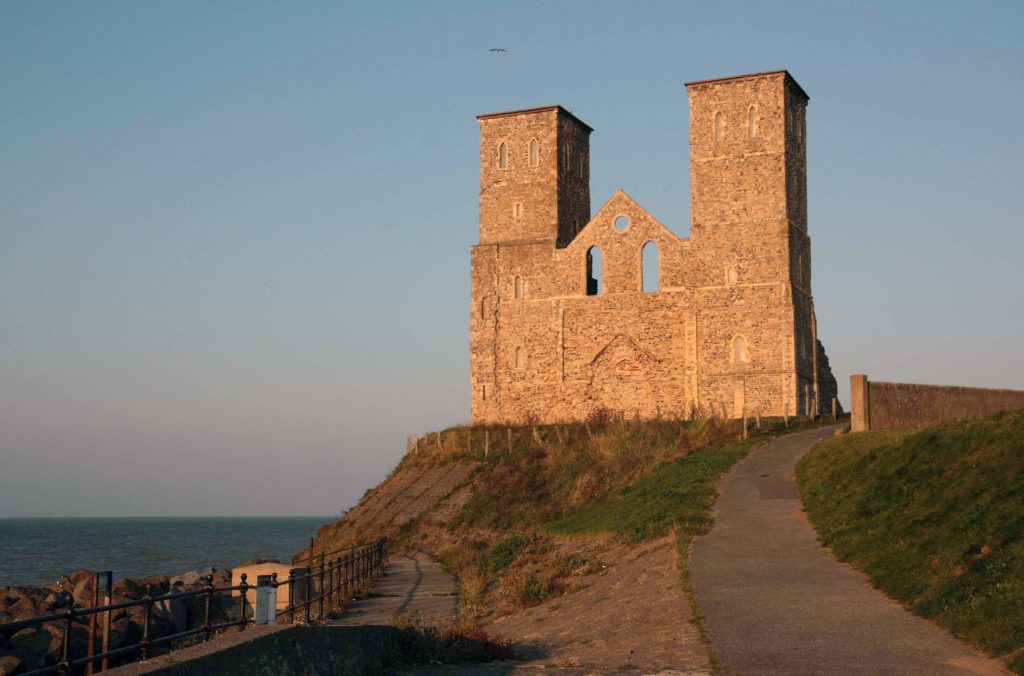Blog from Professor David Gill (University of Kent) on the future of heritage.
Shared in the lead-up to The Heritage Alliance’s Heritage Debate 2022: Heritage in 20 years.

Heritage in 20 Years: what will matter most?
Looking Ahead: Heritage and the Climate Crisis
Earlier this month I went for a walk along the sea-wall opposite Orford Ness and something was missing from this part of the coast: the lighthouse that dominated the Suffolk coast from Shingle Street to Aldeburgh. The structure, dating from 1792, had to be demolished in 2020 due to coastal erosion.

Over the summer a project sponsored by the Eastern Academic Research Consortium (EARC)—and with a research team drawn from the universities of East Anglia, Essex and Kent—issued a report, From the Wash to the White Cliffs: The Contribution of the Heritage Sector, highlighting key heritage themes for the region: one was ‘The Climate Crisis and Heritage at Risk’. The report noted that 17 per cent of the region’s Scheduled Monuments and 49 per cent of the region’s SSSIs lie within 1 km of the mean high water mark.
The loss of heritage due to coastal change is emphasised by the series of Late Roman fortresses known as the Saxon Shore that runs from Brancaster in north Norfolk to Portchester in Hampshire. The site of Walton Castle at Felixstowe, recorded in the early 18th century, has now entirely disappeared beneath the waves. Part of the fort at Bradwell-on-Sea in Essex has collapsed into the coastal marsh, and the church built in the centre of the fort at Reculver in Kent is protected by sea-defences constructed where the northern part of the site has been eroded away.


Using Historic England’s photographic database, the report highlighted some of the key coastal changes over the last half century. It considered the 40 year projections from the National Trust’s climate change hazard mapping tool that point to increased risks from storm damage in the region—and specifically for Kent. The potential rise in sea level will present a growing threat of coastal flooding: the Met Office’s UK Climate Projections suggest that the sea level will increase between 0.29–0.70 m by 2100 if future emissions are kept low. In addition, the loss of beaches is likely to have an impact on the erosion of sea cliffs. This has implications for coastal heritage with 45 per cent of the region’s Scheduled Monuments likely to be placed in the highest risk category due to slope failure.
What can we do to save these coastal assets? Will we have to put in place defences to protect them all, like those around the Roman Saxon Shore? Or should they be dismantled and moved, like the Orford Ness lighthouse? Or, more drastically, do we just accept that they will be lost? And what part can the heritage assets themselves play in mitigating climate change? Although their impact is small on a global scale, it is important that they are seen as part of the solution rather than the problem, and we should think about how we can reduce their energy use through repurposing or reuse. This, in turn, presents an additional challenge: in the face of a crisis how precious can we be in preserving the integrity of our heritage? There are no easy answers, but time is running out for finding solutions—easy or otherwise.
– Professor David Gill FRSA FSA. Honorary Professor, Centre for Heritage, Kent Law School, University of Kent.

References
Gill, D. W. J. 2021. East Anglia. State of the Historic Environment 2021. Centre for Heritage, University of Kent.
Gill, D. W. J., and P. Matthews. 2021. Essex. State of the Historic Environment 2021. Centre for Heritage, University of Kent.
—. 2021. Kent. State of the Historic Environment 2021. Centre for Heritage, University of Kent.
Gill, D. W. J., C. Moore, and J. Winder. 2022. Historic Kent: The Value of the County’s Heritage Sector. Centre for Heritage, University of Kent.
Gill, D. W. J., M. Kelleher, P. Matthews, T. M. Pepperell, H. Taylor, M. Harrison, C. Moore, and J. Winder. 2022. From the Wash to the White Cliffs: The Contribution of the Heritage Sector. Eastern Academic Research Consortium (EARC).

Explore other perspectives on ‘Heritage in 20 Years: what will matter most’ over on our event page for Heritage Debate 2022.

